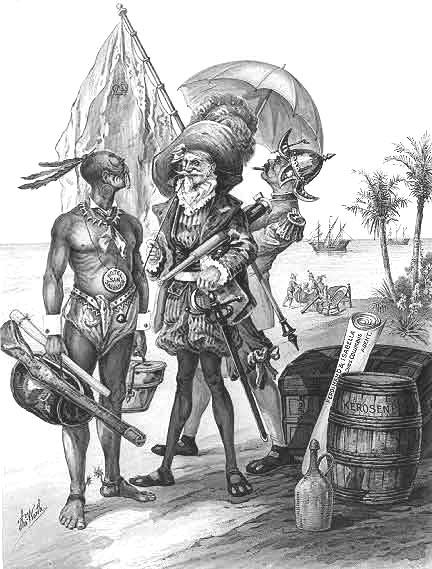The Third Voyage of Columbus

Columbus was given explicit instructions and support for his third voyage. He was under the orders of Fernando and Isabel to work towards converting the local inhabitants of the islands to Christianity. To accomplish his mission, Columbus took a priest and other clerics with him. He was also accompanied by soldiers, farmers, and gold miners. 226 men set out with Columbus on his third voyage, among whom were 10 pardoned murderers.
On May 30th, 1498, Columbus' third voyage commenced. He explored Trinidad and parts of Venezuela. Columbus then returned to Hispaniola, where he discovered the settlers in a state of rebellion. By this time, news of the issues in the colony had reached Spain. The monarchs dispatched a royal representative to determine the situation. Columbus managed to quell most of the rebellion by acquiescing to some of the rebels' demands and executing others. When the royal investigator arrived, he deduced that Columbus had overstepped his bounds and commanded him to return to Spain in chains. Upon his arrival in Spain, Fernando and Isabel ordered his immediate release and called Columbus to the royal court. There, Fernando and Isabel reassured Columbus that his arrest had been executed without their consent. They further guaranteed Columbus that his grievances would be resolved to his favor. The monarchs ultimately allowed Columbus to retain his titles and wealth. However, they revoked his authority to govern any colony in the New World.
.
 >
>